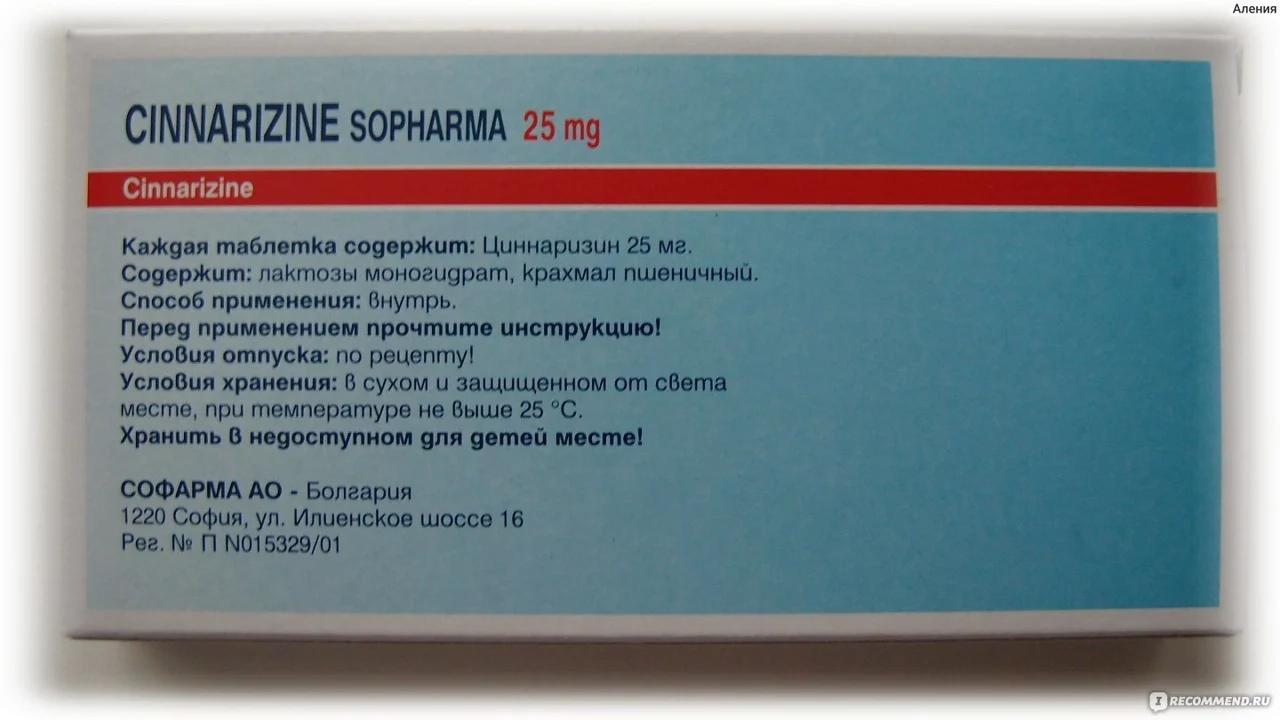Dosage: How to Read, Use, and Stay Safe
Confused about how much medicine to take? This tag gathers clear, practical advice on drug dosages—what numbers mean, how doctors decide doses, and how to avoid common mistakes. You’ll find easy guides for adults, kids, pregnancy, and special situations like kidney or liver problems. We focus on real-world tips: measuring liquids, handling missed doses, switching strengths, and spotting risky dose instructions from online pharmacies.
Start by reading the label every time. Dose instructions include amount, frequency, and duration. "Take 1 tablet twice daily" means two doses a day, not two tablets at once. "Every 4–6 hours as needed" limits how often you can safely repeat a dose in 24 hours. Pills often list milligrams (mg); liquids use milliliters (mL) or teaspoons—use a syringe or dosing cup, not a kitchen spoon. If the label is unclear, call your pharmacist before taking the medicine.
Quick dosage safety tips
Don’t double up after a missed dose unless the label says to. For chronic meds like blood thinners or blood pressure pills, skipping a dose can be risky, so contact your provider. Watch for strength changes: generic brands may have different tablet colors or shapes but the same mg. Store meds as directed; heat or moisture can change dose potency for some drugs. Keep a list of all medicines, including OTCs and supplements—some combos need dose adjustments.
Children and pregnancy need special care. Pediatric doses are often weight-based (mg per kg). That means the same medicine can require very different amounts for kids. Pregnant people should not adjust doses without talking to their obstetrician—some drugs are unsafe at any dose, others need careful monitoring. If you’re breastfeeding, ask about dose timing to reduce exposure to the baby.
How we cover dosage topics
Our dosage articles explain evidence, typical dose ranges, and real-world steps you can take. For prescription drugs we include usual adult doses, common adjustments, and warning signs of overdose or underdose. For supplements and OTCs we give safe dose ranges and practical measuring tips. When a medication needs lab monitoring (like warfarin or lithium) we explain what the tests mean and why dose changes happen.
Online buying can complicate dosing. Confirm the exact product strength before ordering and avoid sellers that won’t show an ingredient list. If you see extreme dose claims or "miracle" regimens, treat them as red flags. Always match the product label to trusted sources or ask your pharmacist for verification.
Questions about a specific pill, dose, or schedule? Use the search box on this tag page to find focused guides—Motrin dosing, antivirals, inhalers, and more. And remember: this site provides information, not personalized medical advice. When in doubt about dose safety, call your healthcare provider. A short call or message can prevent a big problem.
If you’re changing doses because of side effects, keep a short diary: time, dose, symptom, and whether you missed food. That record helps your prescriber adjust safely. If a pharmacist suggests a different schedule, ask why and how it affects the dose right now.

Cinnarizine for Children: Dosage, Safety, and Precautions
Cinnarizine is a medication often used to treat dizziness, motion sickness, and vertigo in children. When it comes to dosage, it's essential to consult with a pediatrician, as the amount may vary depending on the child's age, weight, and the severity of symptoms. As for safety, cinnarizine is generally considered safe for children when prescribed and taken as directed. However, it's crucial to be aware of potential side effects, such as drowsiness, dry mouth, or gastrointestinal issues. Always follow your doctor's advice and take necessary precautions to ensure your child's well-being while using cinnarizine.
More Detail